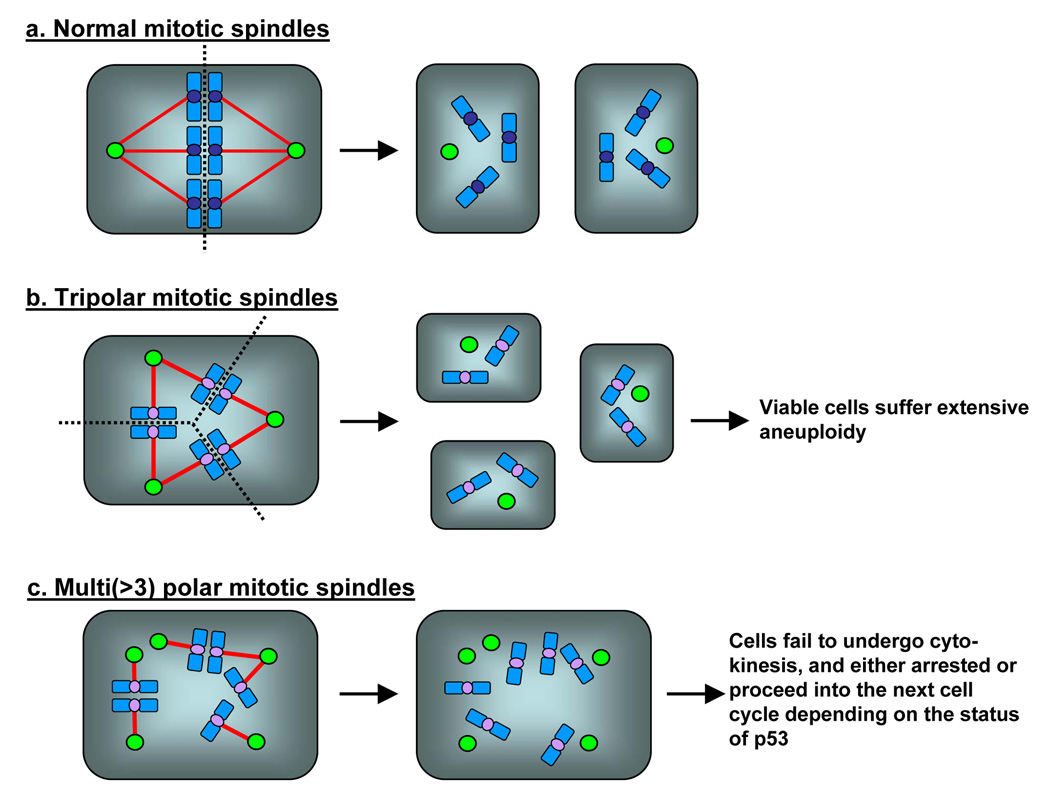Figure 2. Mitotic defects associated with numeral abnormalities of centrosomes.
In normal mitosis, two centrosomes direct the formation of bipolar mitotic spindles (a). In the presence of amplified centrosomes, cells frequently form multiple (>2) spindle poles. (b) Tripolar spindles can undergo cytokinesis, and some daughter cells are viable, yet suffer severe aneuploidy. (c) Cells with spindles with >3 poles fail to undergo cytokinesis in most cases, becoming either bi-nucleated or large mono-nucleated cells. Because of the p53-dependent checkpoint response to cytokinesis failure, the cells become arrested in the presence of p53, and eventually undergo cell death. In contrast, in the absence of p53, cells continue to cycle, and many of them become very large multi(>2)-nucleated cells and often undergo senescence-like arrest and cell death. However, some cells escape from continuous cytokinesis block, and become polyploid cells.

